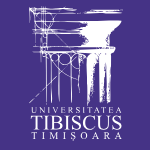Tibiscus University of Timisoara is a private university in Romania. Here is a detailed introduction to the university:
Introduction and Overview
School Profile: It is an accredited private university that offers undergraduate and master's degree programs in a variety of fields.
Location: Located in the western city of Timisoara, Romania, the address is 6 Lascăr Catargiu Street, Timisoara, Romania.
History and Establishment
The university was established in 1991 as a limited liability company called "Institute of Learning and Continuing Education", and was later renamed Tibiscus University of Timisoara in 1998.
School Strength
Faculty: There are 56 academic staff in 2014-2015.
Teaching Resources: The library was established in 1992 and as of 2009, the collection is 75,529 volumes.
Institutional Nature
It is a non-profit private higher education institution.
Educational philosophy
There is no exact and public detailed educational philosophy, but as a private university, it usually focuses on cultivating students' practical ability and professionalism to meet market demand.
Key disciplines and departments
Key disciplines: Computer science, economics, law, psychology, etc.
Department settings: There are four departments, including the Department of Computer and Applied Computer Science, the Department of Economics, the Department of Law and Public Administration, and the Department of Psychology.
Ranking
It is around 9211th in the 2024 World University Rankings and about 58th in Romania.
Expenses
There is no exact tuition standard. Generally speaking, the tuition fees of private universities are higher than those of public universities. The annual tuition fees for undergraduates may be around 3000-6000 euros, and the annual tuition fees for masters may be around 4000-8000 euros.
Campus environment
The school operates in three buildings, including teaching buildings B and C for teaching activities, with six classrooms, thirteen seminar rooms, ten laboratories and two library rooms, but no dormitories and canteens of its own.
-
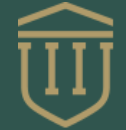
Grigore T. Popa University of Medicine and Pharmacy
-
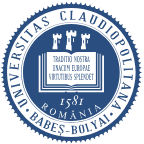
Babes-Bolyai University
-
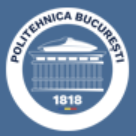
Politehnica University of Bucharest
-
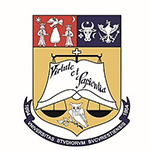
University of Bucharest
-
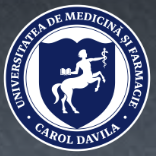
Carol Davila University of Medicine and Pharmacy
-
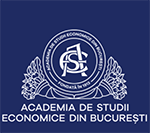
Bucharest Academy of Economic Studies
-

Technical University of Cluj-Napoca
-

1st December 1918 University of Alba Iulia
-

West University of Timisoara
-
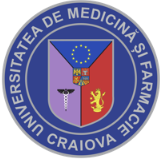
University of Medicine and Pharmacy of Craiova
-

Mesoamerican University
-

Istmo University
-

Mariano Galvez University of Guatemala
-

Regional University of Guatemala
-

Galileo University
-

Francisco Marroquín University
-

Rafael Landívar University
-

University of the Valley of Guatemala
-

University of San Carlos of Guatemala
-

Technological Institute of Tlaxcala Plateau
-

Golfo University
-

Technological University of South Sonora
-

Technological University of Huejotzingo
-

Tizimín Institute of Technology
-

Chilpancingo Institute of Technology

